September 1, 2024 | 22:24 GMT +7
September 1, 2024 | 22:24 GMT +7
Hotline: 0913.378.918
September 1, 2024 | 22:24 GMT +7
Hotline: 0913.378.918
Shrimp farming is still developing despite ups and downs, bringing many profits to farmers. However, the industry's rapid development also poses a major challenge in terms of environmental pollution today.
Currently, the effective use of aquatic medicine and biological preparations is an important part of maintaining the health of aquatic animals, protecting the environment, and increasing productivity in aquaculture in general and shrimp farming in particular.
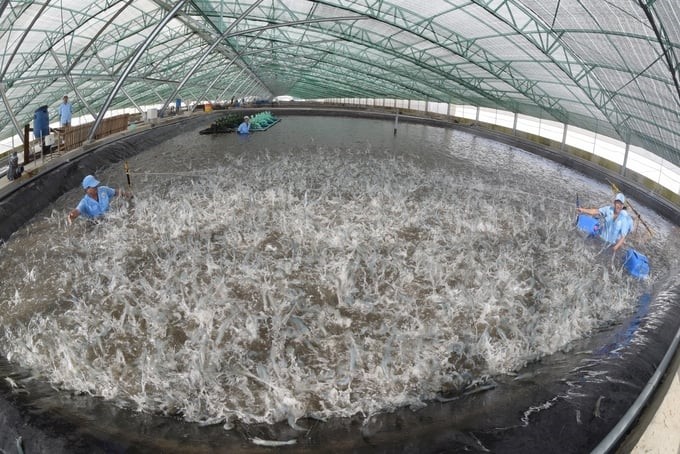
Shrimp production is an important part that needs to contribute to greener growth. Photo: Thanh Cuong.
Analyzing the benefits of using biological preparations, Dr. Nguyen Tan Sy, COB of SA-BIO Aquaculture Technology Solutions JSC, said that the effective use of biological preparations helps control and prevent diseases in shrimp farming, especially in the conditions of high-density farming and water environmental pollution that is becoming more serious.
Besides, it can also help strengthen the natural immune system of farmed animals, helping them fight diseases more effectively without the need to use antibiotics.
At the same time, using biological products such as probiotics can help improve water quality, treat input water wastewater during the farming process and after the end of the farming crop, reduce environmental stress, and improve the growth of farmed animals.
"By controlling diseases and improving environmental conditions through the effective use of aquatic medicine and biological preparations, it can help increase the productivity and efficiency of the aquaculture process. At the same time, minimize risks, minimize damage, and improve the success rate, thereby reducing costs and increasing profits for aquaculture farmers," said Mr. Sy.
However, according to Mr. Sy, the use of aquatic medicine and biological preparations needs to be implemented carefully and reasonably and ensure the "4 rights" principle: right time - right type - right dose - right amount. Comply with regulations on food safety and environmental protection. At the same time, periodic supervision and inspection are needed to ensure efficiency and safety in aquaculture.
Mr. Sy said that currently, the trend of using herbal preparations to replace antibiotics in shrimp seed production and commercial shrimp farming is becoming increasingly popular, effective, and highly appreciated. This helps reduce the risk of developing drug-resistant bacterial strains, enhancing the ability to treat shrimp diseases more effectively and safely.
Commercial shrimp that are raised by herbal preparations often contain little or no highly toxic synthetic chemicals, thereby helping to improve food safety and increase consumers' trust.
Using herbal preparations is often associated with more sustainable shrimp farming methods, minimizing negative environmental impacts and reducing production costs, thereby increasing efficiency and increasing profits for shrimp farmers.
"In general, the trend of using herbal preparations in shrimp production not only brings health benefits to shrimp but also contributes to the sustainability and development of the fisheries industry," Mr. Sy emphasized.
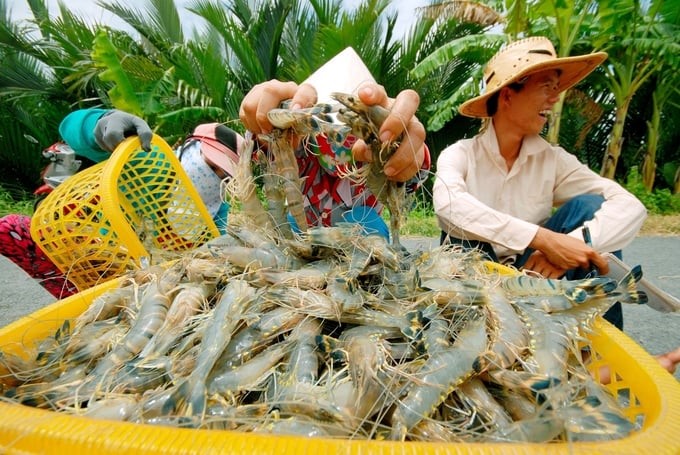
It is necessary to raise community and consumer awareness about the importance of consuming products with biosafety, food hygiene, and sustainability. Photo: Thanh Cuong.
Mr. Duong Thanh Thoai, General Director of Duong Hung Mien Trung Seafood JSC (Quang Nam), shared that there are now many high-tech shrimp farming models widely applied across the country.
Duong Hung Mien Trung Seafood Company is applying a 2-phase high-tech shrimp farming process. Phase 1 raises shrimp in nursery ponds for 20–30 days in a small pond area to reduce the impact of the weather and environment. Then comes the phase of commercial shrimp farming in large ponds, which takes 60–70 days to harvest. Thanks to that, it is possible to raise 4-5 crops/year, reducing production costs and farming area, as well as helping shrimp significantly reduce diseases and grow better.
"Notably, in this model, the company only uses biological and microbial preparations, saying no to chemicals and antibiotics," Mr. Thoai emphasized.
Mr. Ngo Tien Chuong, Senior Technical Expert of the German Organization for International Cooperation (GIZ), said that currently, many countries aim to reduce ecological footprints in agriculture while still providing enough food for a growing and wealthier global population.
Mr. Chuong assessed that Vietnam is the leading shrimp exporting country. Therefore, shrimp production is an important part that needs to contribute to greener growth. It is necessary to improve the efficiency of resource use, reduce environmental impacts, focus on the ecosystem, and encourage research and application of technology to improve the productivity of resource use.
According to Mr. Chuong, the shrimp industry, in its roadmap to reduce emissions, needs to strengthen sustainable and resource-efficient farming methods such as water circulation systems and innovation to reduce water consumption and environmental pollution.
Well manage water quality to minimize the use of chemicals and chemical fertilizers; at the same time, use effective wastewater treatment measures. Apply advanced technology that can reduce emissions from the production process.
Use feed originating from sustainable resources, such as plants or sustainably managed marine resources. Maintain and develop nature-based farming methods such as shrimp - forest and shrimp - rice.
Develop a circular economy to create motivation for innovation and improve labor productivity, helping with environmental sustainability and contributing to the goal of limiting global temperature rise.
According to Mr. Sy, to meet the requirements of market trends in the coming period on green growth, sustainability, and carbon reduction, Vietnam's shrimp industry needs to apply water recirculating shrimp farming technology (RAS) to minimize the amount of water used and waste in the shrimp farming process that causes environmental pollution.
Use renewable energy sources such as solar or wind power to provide electricity for shrimp farming systems to reduce greenhouse gas emissions.

To aim for green and sustainable growth, Vietnam's shrimp industry needs to maintain and develop nature-based farming methods such as shrimp - forest and shrimp - rice. Photo: Thanh Cuong.
Establish effective waste treatment systems to treat solid and liquid waste without discharging it directly into the environment to minimize pollution.
Apply advanced farming technologies, such as shrimp farming in recirculating systems, shrimp farming in greenhouses, or biofloc shrimp farming systems, to increase productivity and reduce environmental impact.
Apply the Internet of Things (IoT) and big data analysis to monitor and optimize the shrimp farming process, from water quality management to farming environment management, farming area management, and commercial shrimp quality management products, to meet international standards.
Raise community and consumer awareness about the importance of consuming products with biosafety, food hygiene, and sustainability. Research and apply biotechnology to improve the shrimp's health and increase production efficiency.
"By implementing these measures, the shrimp production industry can aim for a sustainable development model, minimizing negative impacts on the environment and meeting global market requirements for green growth and carbon reduction," Mr. Sy emphasized.
Architect Vu Hong Thai, Design Director of Aqua Mina Company, the first person to standardize the consulting process for designing high-tech shrimp farms in a professional, scientific, and effective way, said: "Applying science and techniques are necessary, but the most urgent thing is to have many training classes on food safety and traceability so that high-quality Vietnamese shrimp are not returned when going to the world. At the same time, it is also necessary to improve the cognitive capacity of farmers to help them choose a scale appropriate to their capacity to invest."
Translated by Thu Huyen
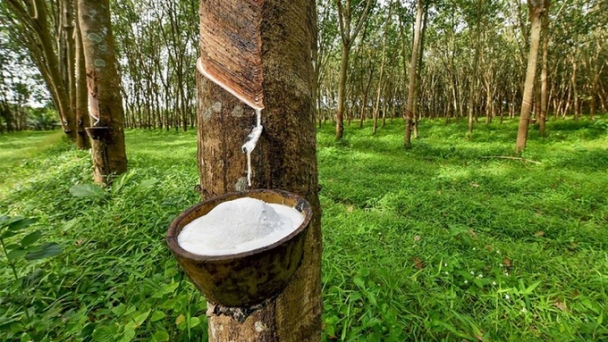
(VAN) From the beginning of August, raw rubber latex prices in provinces and cities have not fluctuated much. At some rubber companies, the purchase price of raw rubber latex remains around VND 345-390 per TSC.
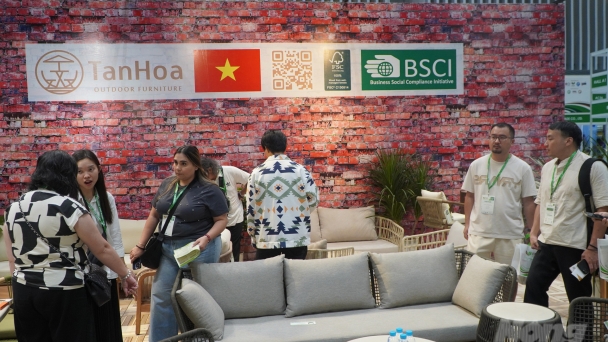
(VAN) The export of wood and furniture is gradually returning to a growth trajectory. Vietnam has become a destination for many international buyers seeking high-quality products.
/2024/08/28/3421-1-011847_677.jpg)
(VAN) Vietnam's rice exports have reached more than 3.3 billion USD in the first 7 months of the year and will likely reach the 5 billion USD mark for the first time this year.
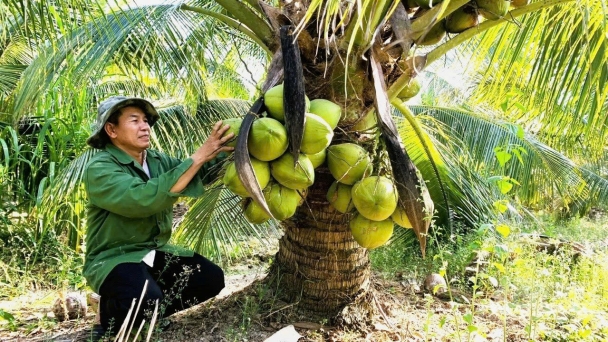
(VAN) The year 2024 marks remarkable achievements for the coconut industry in Ben Tre province, paving the way for positive developments ahead.
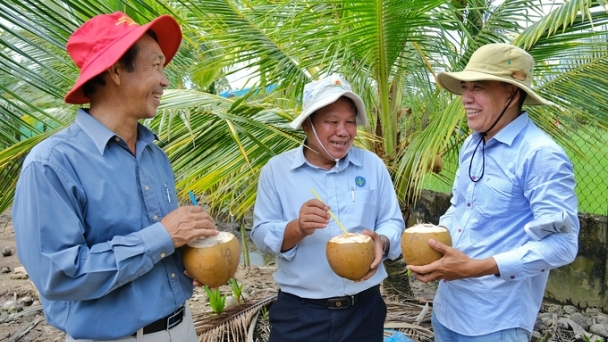
(VAN) The potentials and advantages of fresh coconut, which are included in the recent protocol, were discussed by Vietnam Agriculture Newspaper and Mr. Nguyen Quoc Manh, Deputy Director of the Department of Crops Production.
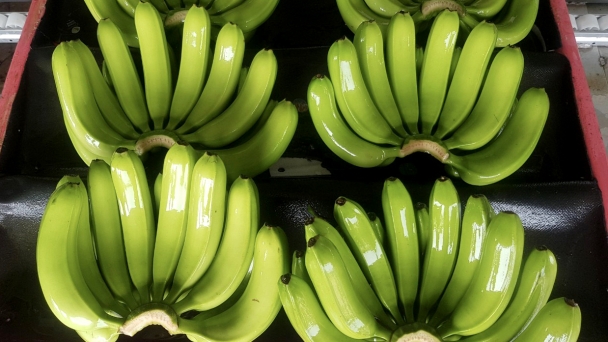
(VAN) China reduces banana imports from the Philippines while increasing purchases from Vietnam during the first half of 2024. Vietnam is currently the largest banana supplier to the Chinese market.
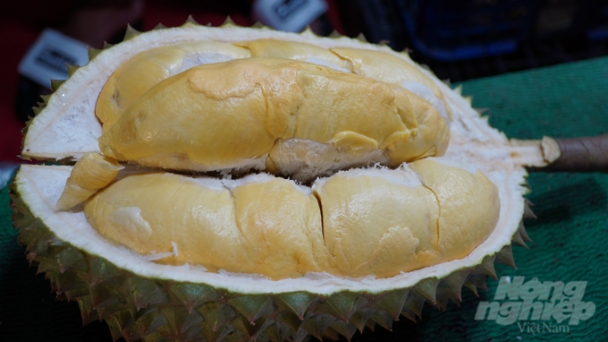
(VAN) Vietnam’s durian needs to improve quality by applying quick freezing technology and eye-catching packaging to increase its export market share to China.